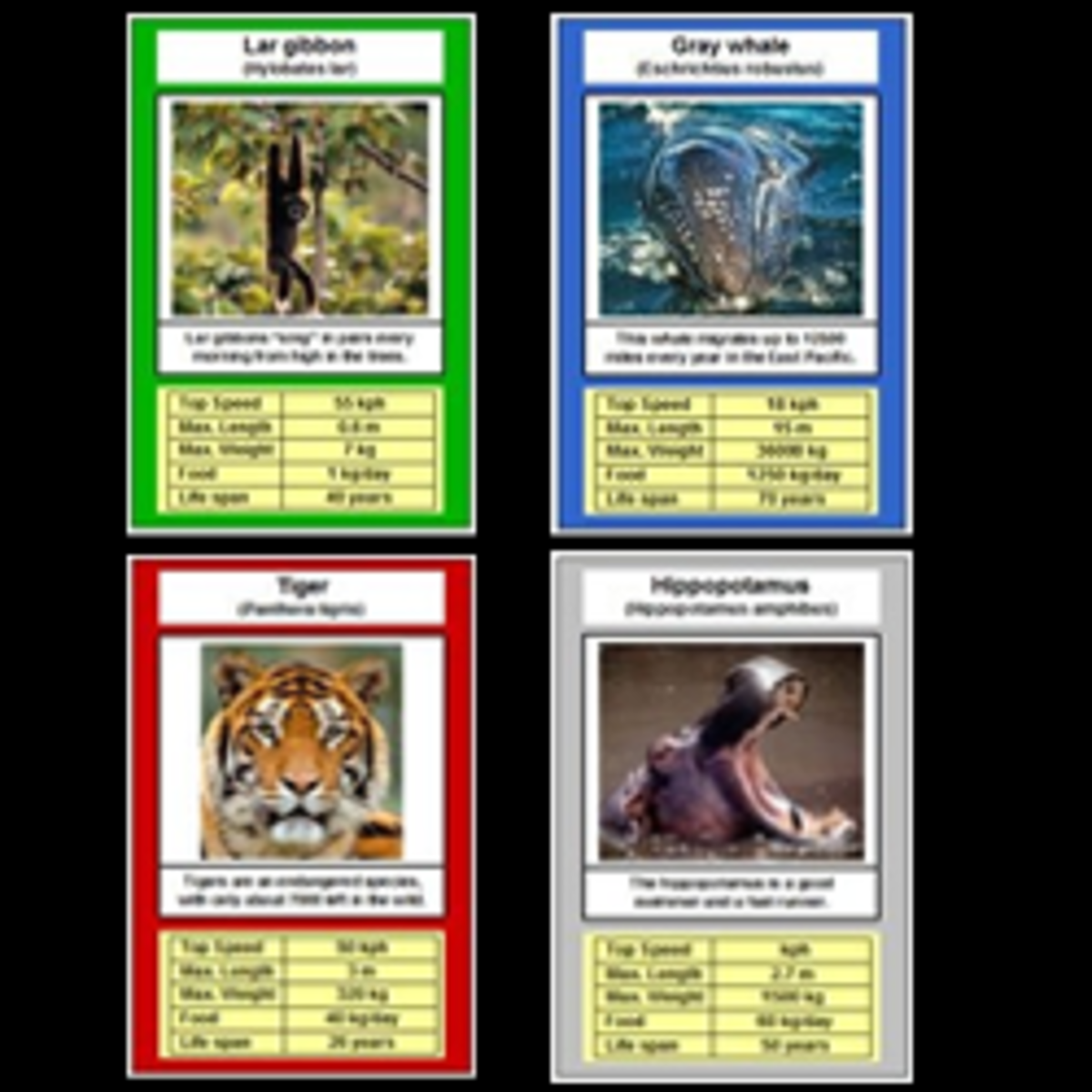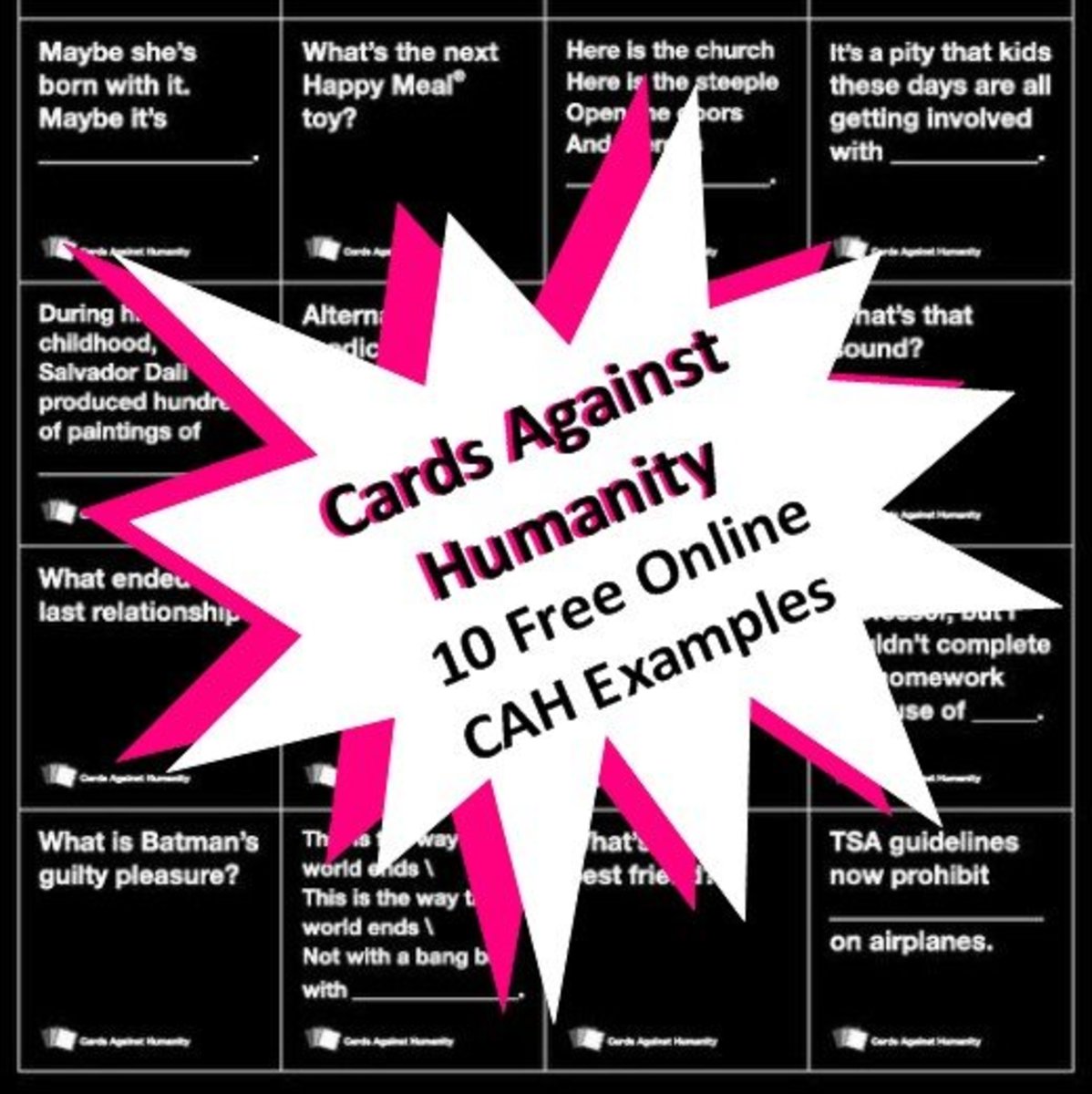How the card game canasta helped my kids grasp arithmetic
How it started
Canasta is my favourite card game, and it had a surprising side benefit in that it helped my children grasp arithmetic when we taught them to play it when they were still very young. In fact, my older daughter was just about five when she learned to play the game, having a special board to put her cards on because her hands were too small to hold them.
Canasta was invented as a game in 1939 when an attorney in Montevideo, Uruguay, called Segundo Santos, who was a fanatical bridge player, found himself worn out after a day at the office and an evening at the bridge table and wanted to find an alternative game which would not take him all night to play, as bridge tended to do.
He tried rummy and a variant of rummy called “cooncan” but found these too dependent on chance, lacking the skill dimension he was looking for. So he got his friend and bridge partner, architect Alberto Serrato, to help him explore ways of combining the best elements of bridge, rummy and “cooncan” and they came up with a game they initially simply referred to as “the game.”

- Canasta - Wikipedia, the free encyclopedia
Canasta is a card game originating in Uruguay, where players attempt to make melds of 7 cards of the same rank, and "go out" by playing all cards in their hand and discarding. - HowStuffWorks "How to Play Canasta: Tips and Guidelines"
Canasta is a popular card game. Learn how to play Canasta and three variations of it -- Italian Canasta, Pennies From Heaven, and Samba.
How it spread from South America to the world
When Segundo and Serrato felt the game was ready they invited two other friends to play a trial game. When these friends wanted to know the name of the game, Santos saw a small wicker basket on the table where they were playing and said “Canastillo”, the Spanish for little basket. Later a suggestion was made to shorten the name to “Canasta” which was also easier for non-Spanish speakers to say.
The game meanwhile was spreading rapidly through the Jockey Club in Montevideo and more and more people were starting to play it. It started to spread throughout the city and up the coast of Uruguay.
It soon in fact spread to the whole of South America and was regarded as a Latin American thing.
After the Second World War it spread to the United States, thanks to a woman called Josephine Artayate de Viel who on a visit to New York from her home in Buenos Aires, Argentina, introduced her New York friends to the game and it then spread rapidly to the Regency Club in Manhattan.
She was asked to write down the rules of the game and did so. By 1953 the game was so popular that more than 30 books on it were published. From the United States the game spread over the world, even penetrating the Soviet Union.
Santos was quoted as being somewhat bemused by the popularity and spread of his game, saying, “I was just trying to get my mind off bridge.”
I was taught the game by my parents and passed it on to my children. My son in particular still plays regularly. I still maintain that having to learn how to score helped my children grasp arithmetic at very early ages.
It's a wonderful game with just the right balance between skill and chance, exactly what Segundo Santos had in mind 70 years ago.



